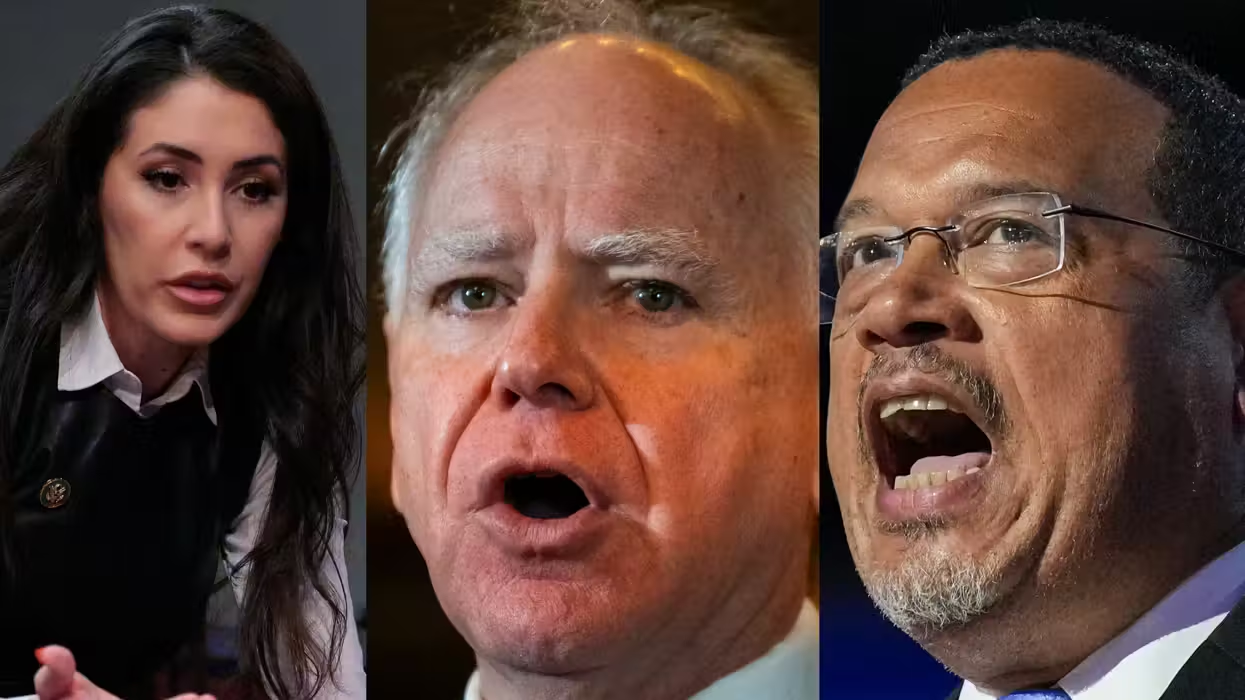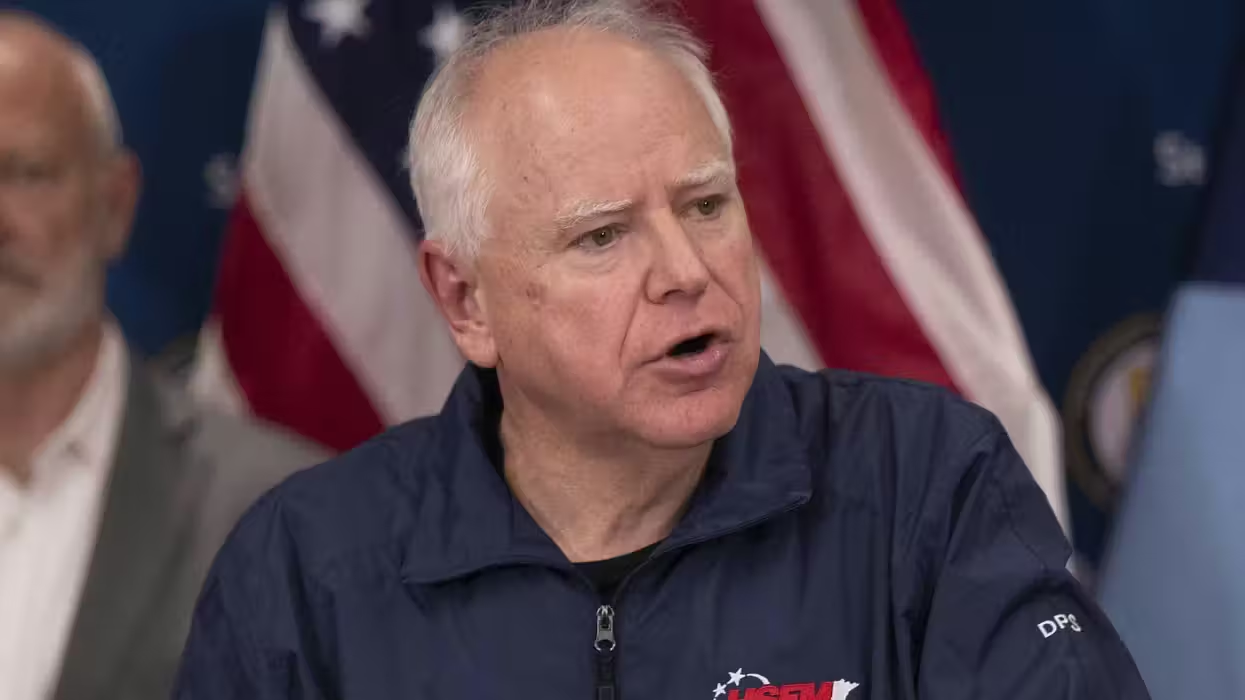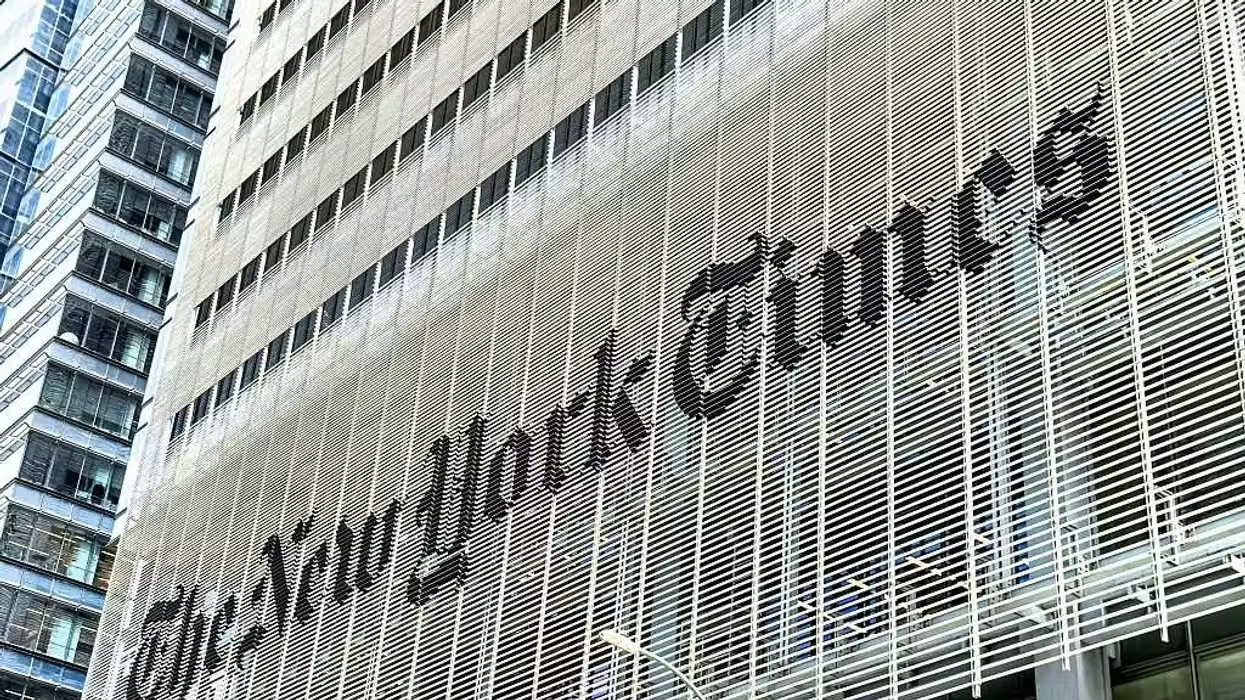The Trump administration has released a list of $200 billion worth of Chinese imports that will be hit by U.S. tariffs. These tariffs are specifically targeted against industries that would disrupt China’s economy.
The tariffs would take effect after a two-month review process, and $200 billion is more than the entire value of all U.S. imports to China.
Meanwhile, on Wednesday, 88 U.S. senators voted to pass a nonbinding resolution requesting future legislation that would require congressional approval for tariffs before they can be imposed by the president on national security grounds.
Here's what you need to know about the Senate resolution
When President Donald Trump imposed his recent global tariffs against steel and aluminum imports, as well as all subsequent tariffs, he did so by citing a law that gave him that authority when national defense was on the line.
This Senate resolution, which was proposed by Sen. Bob Corker (R-Tenn.), was approved by a vote of 88 to 11. The nonbinding resolution requests that an appropriations bill include language that would require congressional approval before Trump or any future presidents could impose tariffs, even in cases of national defense.
However, some senators who voted for the measure, including Sen. Thom Tillis (R-N.C.) only agreed to vote for the measure since it was nonbinding.
What about the new tariffs?
U.S. Trade Representative Robert Lighthizer said in a statement on Tuesday:
For over a year, the Trump Administration has patiently urged China to stop its unfair practices, open its market, and engage in true market competition.
On June 18, President Trump released a statement calling for the U.S. trade representative to “identify $200 billion worth of Chinese goods for additional tariffs at a rate of 10 percent.”
The proposed products to be hit with tariffs include a wide variety of fish, onions, garlic, cauliflower, broccoli, carrots, furniture, suitcases, pet food, and beauty products. The two month review process
The news release states that these tariffs are in retaliation for the $50 billion in retaliatory tariffs imposed by China against the United States. The U.S. trade representative pointed to the larger dollar value of Chinese imports into the United States ($505.6 billion in 2017) compared to the value of U.S. exports to China ($130 billion) — the “trade deficit” often brought up by Trump.
In the news release, the U.S. trade representative argued that discrepancy made the size of the latest U.S. tariffs “appropriate,” adding “in order to enhance effectiveness, the level of the U.S. supplemental action must cover a substantial percentage of Chinese imports.
China has already responded
China called the latest move by the United States "completely unacceptable" and described it as "typical bullying." While China has threatened in the past to match each U.S. tariff with an equal tariff of their own, they have not specified yet if they will follow through with that in this instance.
The Wall Street Journal reported that anonymous Chinese officials had said China might target licenses for U.S. companies. It could also limit visits to the U.S. by Chinese tourists.
How has this impacted American businesses?
The latest victim of the escalating tariffs between the two countries has been American car company Tesla. Tesla was forced to raise its prices to compensate for Chinese tariffs targeting U.S. automakers. China accounted for roughly 20 percent of all sales by the company in 2017, which amounted to around $2 billion.
On Tuesday, Tesla CEO Elon Musk announced that the company would be opening a factory in China. Cars made in China would not be subjected to the tariffs.
How many tariffs are there now?
This latest round will bring the total value of all Chinese imports hit by U.S. tariffs during the Trump adminstration at $450 billion. That's roughly 89 percent of all imports from China.
While the latest tariffs are being implemented at a 10 percent rate, the tariffs on Chinese steel imports (as well as steel imports from every other country) are at 25 percent.







